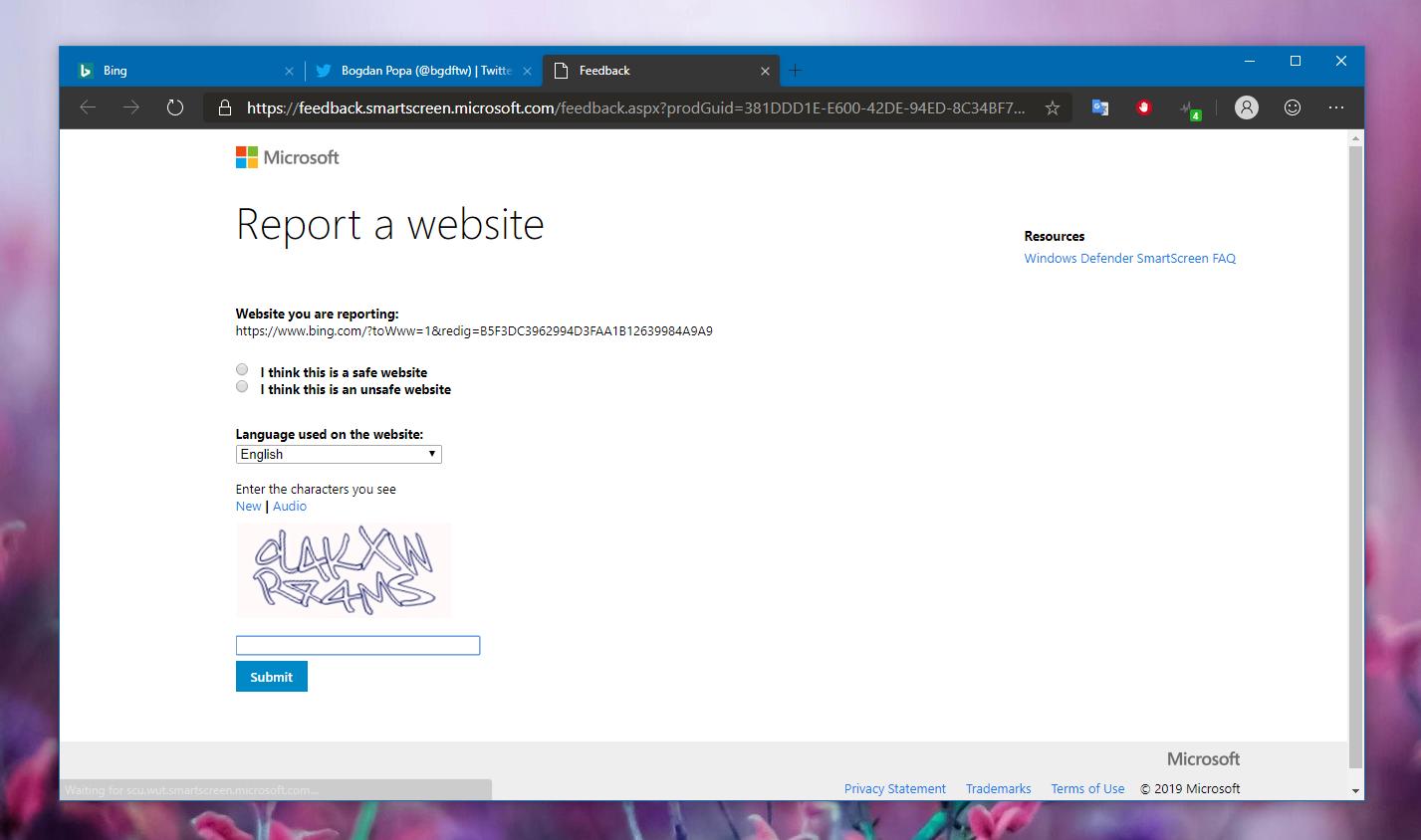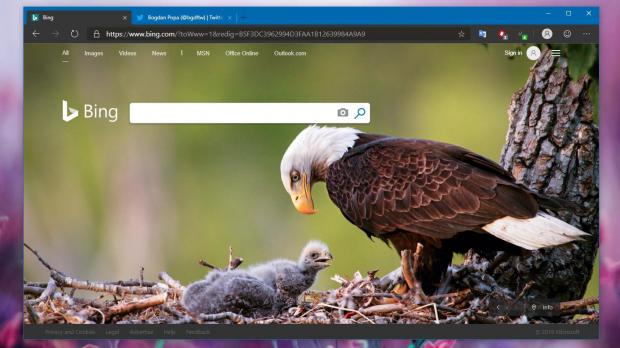Google has recently announced a couple of improvements for Chrome browser in order to protect users against dangerous websites and phishing pages.
Beginning with Google Chrome 75, the application integrates a new warning whenever a confusing URL is loaded, and with the help of a dedicated extension, users can report pages that they think could pose a threat to their devices to the search giant.
This way, Google says, the company can expand its blacklist and help protect others too, all using a community-driven system that flags dangerous websites.
Microsoft itself is offering a way to report unsafe links in the new Chromium-based Microsoft Edge, but this time, the process is a little bit more straightforward and relies on systems developed by the software giant itself to block malicious pages.
A new Microsoft Edge browser is currently in development, as the Redmond-based software giant migrates to Chromium, the same engine that powers Google Chrome. Preview builds are already available on Windows 10, older Windows, and macOS.
The way you can report an unsafe page to Microsoft is pretty simple actually. The option is available right in the menu of the browser at:
Microsoft Edge > Menu > Help and feedback > Report unsafe site
And that’s pretty much all about it.
However, Microsoft doesn’t use the same blacklist as Google, albeit the two tech giants working together on a common system that would be integrated into their browsers would help build a much more effective protection tool against dangerous websites.
The software giant relies on its very own Windows Defender SmartScreen feature, which itself builds a database of potentially-dangerous links to block them on Windows and in Microsoft’s browsers. We discussed more about SmartScreen here, but the essential part is this:
“Windows Defender SmartScreen uses information from Internet Explorer, Microsoft Edge, and Windows users around the world as well as anti-virus results, download volumes, download history, URL reputation, and many other criteria to determine the likely risk of downloaded programs.
So once you report a page as potentially dangerous, Microsoft engineers can determine whether it indeed posts a threat to visitors, and if it does, add it to the SmartScreen blocklist. Once a link is placed on this page, it should then be blocked on Windows 10 and in Microsoft’s browsers, with a warning displayed whenever the dangerous content is about to be loaded.
At the same time, Windows users are also allowed to bypass the SmartScreen warnings, and in Microsoft Edge they can download files that are reported as unsafe. The easiest way to do this is to open the download manager, right-click the download and click Download unsafe file. If another warning shows up when trying to run the downloaded file, click the option that reads Run anyway.
Keep in mind that the Chromium-based Microsoft Edge is still a work in progress, so other improvements in this regard could soon make their way to the browser as well.
Additionally, because it’s based on Chromium, Microsoft Edge can now run Google Chrome extensions as well. This means Edge users can also install Google’s extension for reporting malicious websites and send them to the search giant for additional inspection.
You can download Microsoft Edge for Windows and for Mac from this page.

 14 DAY TRIAL //
14 DAY TRIAL // 



